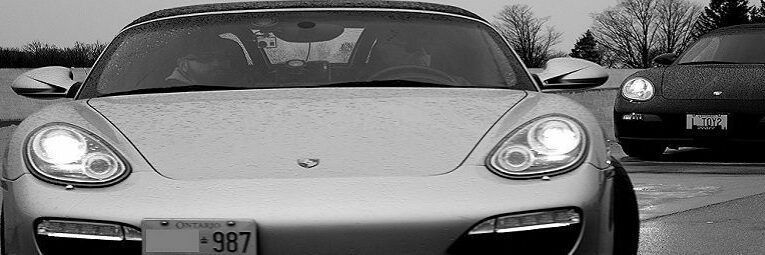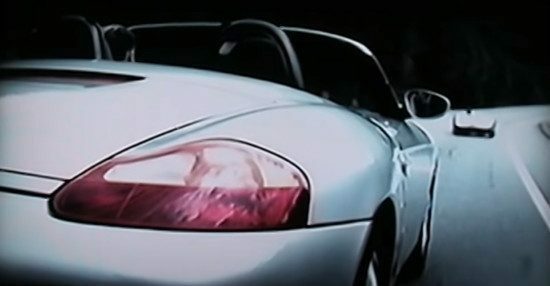The difference between the Porsche Boxster 986 and the Porsche Boxster 987 are two different generations of the Boxster sports car.
Here are some of the differences between the two:
- Exterior Design: The Boxster 986 was produced from 1996 to 2004 and had a rounded, more retro-looking design, while the Boxster 987, produced from 2005 to 2012, had a more angular and modern design.
- Engine: The Boxster 986 was available with either a 2.5-litre, 2.7-litre, or 3.2-litre flat-six engine, while the Boxster 987 was available with a 2.7-litre or 3.4-litre flat-six engine.
- Performance: The Boxster 987 had better performance than the Boxster 986, with improved acceleration, handling, and braking.
- Interior: The interior of the Boxster 987 was updated with better-quality materials, improved ergonomics, and additional features, such as a larger infotainment screen.
- Transmission: The Boxster 987 had a six-speed manual or five-speed Tiptronic automatic transmission, while the Boxster 986 had a five-speed manual or five-speed Tiptronic automatic transmission.
Overall, the Boxster 987 was an improvement over the Boxster 986 in terms of performance, interior quality, and design, although both models are still considered excellent sports cars.
Porsche Boxster 986/987 Intermediate Shaft Bearing Failure
The intermediate shaft (IMS) bearing is a potential issue in some Porsche Boxster models, particularly those produced between 1997 and 2008. The exact models and years that are affected can vary, but generally, the affected models are the first-generation Boxster (986) and second-generation Boxster (987) produced between 1997 and 2008.
However, it’s worth noting that not all Boxsters from this period are affected by IMS bearing failure, and the failure rate can vary from car to car. Additionally, Porsche made updates to the IMS bearing design over the years, so later models may be less likely to experience issues.
If you are considering purchasing a Boxster from this period, it’s important to have a thorough inspection of the car conducted by a qualified mechanic to assess the health of the IMS bearing and other critical components. Additionally, regular maintenance and preventative measures, such as replacing the IMS bearing proactively, can help minimize the risk of failure.
The 987.2 produced in 2009 does not suffer from the same issue of IMS failure.
Conclusion
Overall, the Boxster 987 was an improvement over the Boxster 986 in terms of performance, interior quality, and design, although both models are still considered excellent sports cars.
Be sure to check out our “Best Of” Series:
Other Articles of Interest
Join us on Facebook
Join Boxstertips.com on Facebook today and become a part of the most vibrant Porsche Boxster community on the web. Share your passion, gain valuable knowledge, and immerse yourself in the world of one of the most beloved sports cars ever created.


What is the difference Between a 986 and 987?
Exterior Design: The Boxster 986 was produced from 1996 to 2004 and had a rounded, more retro-looking design, while the Boxster 987, produced from 2005 to 2012, had a more angular and modern design.
Engine: The Boxster 986 was available with either a 2.5-litre, 2.7-litre, or 3.2-litre flat-six engine, while the Boxster 987 was available with a 2.7-litre or 3.4-litre flat-six engine.
Performance: The Boxster 987 had better performance than the Boxster 986, with improved acceleration, handling, and braking.
Interior: The interior of the Boxster 987 was updated with better-quality materials, improved ergonomics, and additional features, such as a larger infotainment screen.
Transmission: The Boxster 987 had a six-speed manual or five-speed Tiptronic automatic transmission, while the Boxster 986 had a five-speed manual or five-speed Tiptronic automatic transmission.


